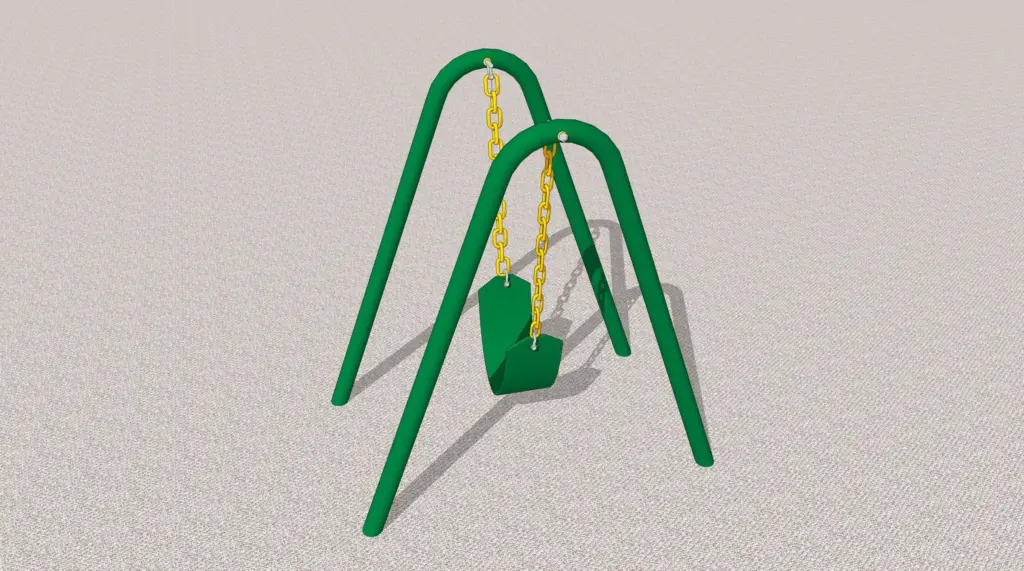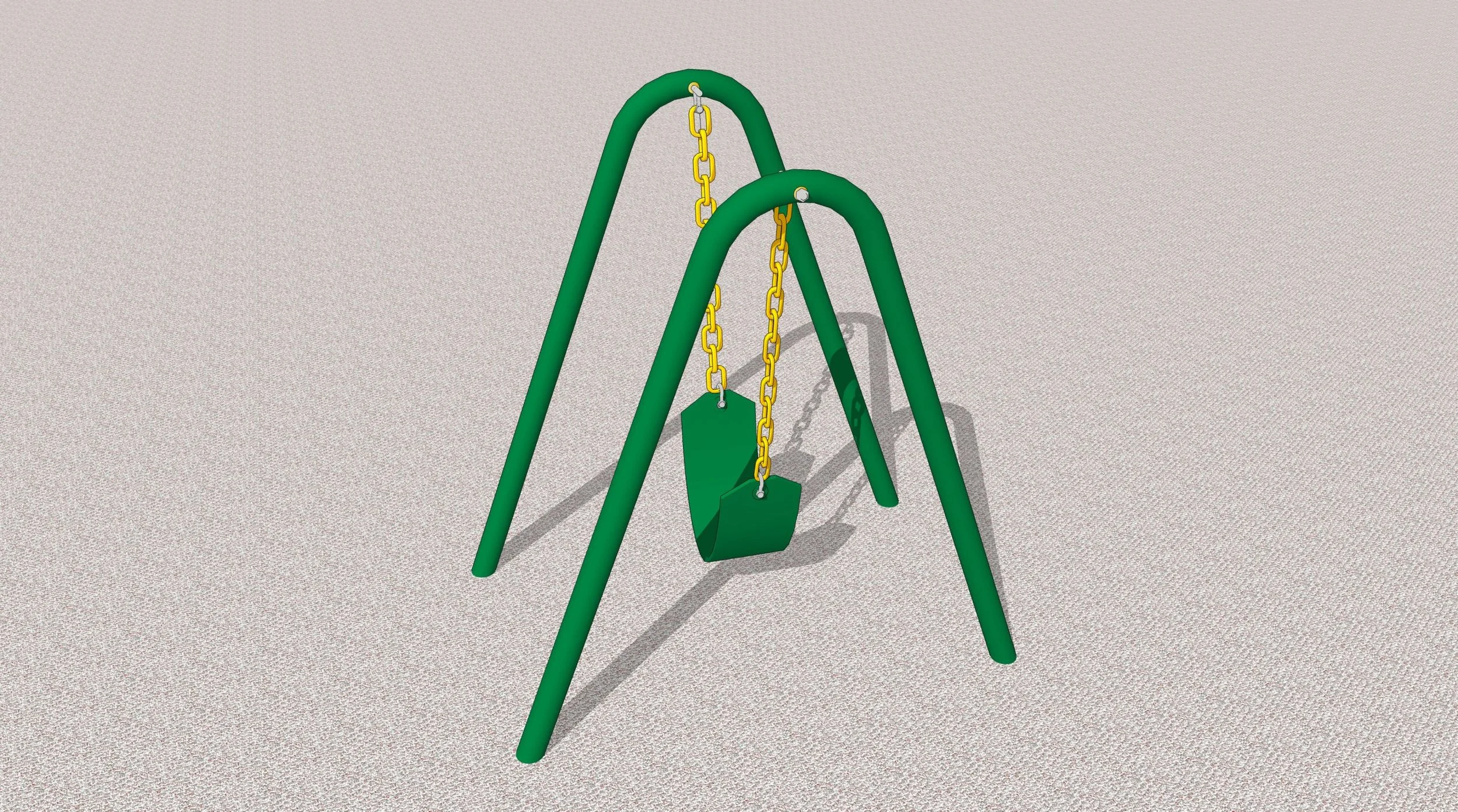
Belly Swing: Understanding the Causes, Risks, and Solutions
The term “belly swing” might sound whimsical, but it refers to a common physical phenomenon affecting many individuals, particularly those who have experienced significant weight fluctuations, pregnancy, or aging. This article delves into the concept of belly swing, exploring its causes, potential health risks, and available solutions. We aim to provide a comprehensive understanding of this condition, offering insights for individuals seeking to address it effectively.
What is Belly Swing?
Belly swing describes the loose, excess skin and tissue that can hang from the lower abdomen. It’s often the result of the skin losing its elasticity after being stretched for an extended period. While not typically a life-threatening condition, belly swing can lead to physical discomfort, psychological distress, and practical challenges in daily life. Understanding the underlying causes is crucial for identifying the most appropriate course of action.
Common Causes of Belly Swing
- Weight Loss: Rapid or significant weight loss is a primary cause. When the body loses fat, the skin may not shrink back at the same rate, resulting in excess skin.
- Pregnancy: The expansion of the abdomen during pregnancy stretches the skin and abdominal muscles. After childbirth, the skin may not fully retract, leading to belly swing. Multiple pregnancies can exacerbate this effect.
- Aging: As we age, our skin naturally loses collagen and elastin, the proteins responsible for its elasticity and firmness. This loss of elasticity makes the skin more prone to sagging, contributing to belly swing.
- Genetics: Genetic predisposition plays a role in skin elasticity. Some individuals are simply more prone to developing belly swing than others.
- Lifestyle Factors: Factors such as smoking, poor diet, and lack of exercise can accelerate the loss of skin elasticity and contribute to the development of belly swing.
Potential Health Risks Associated with Belly Swing
While often viewed as a cosmetic issue, belly swing can pose several health risks. It’s important to be aware of these potential complications to take proactive measures.
Skin Irritation and Infections
The excess skin folds created by belly swing can trap moisture and sweat, creating a breeding ground for bacteria and fungi. This can lead to skin irritation, rashes, and infections, such as intertrigo. Maintaining proper hygiene and keeping the area dry is essential to prevent these issues.
Postural Problems and Back Pain
The added weight of the excess skin can pull the body forward, affecting posture and potentially leading to back pain. This can be particularly problematic for individuals who already have pre-existing back conditions. Strengthening core muscles can help improve posture and alleviate back pain.
Hygiene Challenges
Cleaning and maintaining hygiene under the excess skin can be challenging. This can increase the risk of odor and infections. Regular bathing and thorough drying are crucial.
Psychological Impact
Belly swing can significantly impact self-esteem and body image. Individuals may feel self-conscious and uncomfortable in their own skin, leading to anxiety and depression. Seeking support from friends, family, or a therapist can be beneficial.
Solutions for Addressing Belly Swing
Fortunately, there are several solutions available to address belly swing, ranging from lifestyle modifications to surgical interventions. The best approach depends on the severity of the condition and individual preferences.
Lifestyle Modifications
For mild cases of belly swing, lifestyle modifications can make a significant difference. These include:
- Exercise: Regular exercise, particularly strength training, can help build muscle mass and improve skin tone. Focus on exercises that target the abdominal muscles.
- Healthy Diet: A balanced diet rich in protein, vitamins, and minerals can promote skin health and elasticity. Avoid processed foods and sugary drinks.
- Hydration: Staying well-hydrated helps maintain skin elasticity and overall health.
- Topical Creams: Some topical creams containing ingredients like retinol or peptides may help improve skin elasticity. However, their effectiveness can vary.
Non-Surgical Treatments
Several non-surgical treatments can help tighten loose skin and reduce the appearance of belly swing. These include:
- Radiofrequency (RF) Skin Tightening: RF treatments use energy to heat the skin and stimulate collagen production, leading to tighter and firmer skin.
- Ultrasound Skin Tightening: Ultrasound treatments work similarly to RF treatments, using ultrasound energy to stimulate collagen production.
- CoolSculpting: While CoolSculpting primarily targets fat reduction, it can also have a mild skin-tightening effect.
Surgical Options
For severe cases of belly swing, surgical options may be the most effective solution. These procedures involve removing excess skin and tissue to create a smoother and more toned abdomen. Here’s an overview of some surgical options:
Tummy Tuck (Abdominoplasty)
A tummy tuck is a surgical procedure that removes excess skin and fat from the abdomen and tightens the abdominal muscles. It can significantly improve the appearance of belly swing. There are different types of tummy tucks, including:
- Full Tummy Tuck: Involves a larger incision and addresses the entire abdomen, from the ribcage to the pubic area.
- Mini Tummy Tuck: Involves a smaller incision and focuses on the lower abdomen.
- Extended Tummy Tuck: Extends the incision around the hips to address excess skin on the flanks.
Panniculectomy
A panniculectomy is a surgical procedure that removes the pannus, which is the apron of excess skin and fat that hangs from the lower abdomen. It’s often performed on individuals who have experienced significant weight loss. Unlike a tummy tuck, a panniculectomy does not tighten the abdominal muscles.
Choosing the Right Solution
The best solution for addressing belly swing depends on individual factors, such as the severity of the condition, overall health, and personal preferences. It’s essential to consult with a qualified healthcare professional or plastic surgeon to discuss your options and determine the most appropriate course of action. They can assess your condition, explain the risks and benefits of each treatment, and help you make an informed decision. [See also: Post Weight Loss Surgery Options]
Prevention Strategies
While it’s not always possible to prevent belly swing, there are steps you can take to minimize your risk. These include:
- Maintaining a Healthy Weight: Avoiding drastic weight fluctuations can help preserve skin elasticity.
- Gradual Weight Loss: If you need to lose weight, do so gradually to give your skin time to adjust.
- Staying Hydrated: Drinking plenty of water helps keep your skin hydrated and elastic.
- Protecting Your Skin from the Sun: Sun exposure can damage collagen and elastin, leading to premature aging and loss of skin elasticity.
- Quitting Smoking: Smoking damages collagen and elastin, accelerating the aging process and increasing the risk of belly swing.
Conclusion
Belly swing is a common condition that can result from weight loss, pregnancy, aging, or genetics. While it may not always pose a serious health risk, it can impact physical comfort, hygiene, and self-esteem. Understanding the causes, risks, and available solutions is crucial for individuals seeking to address this condition effectively. Whether through lifestyle modifications, non-surgical treatments, or surgical interventions, there are options available to improve the appearance and overall well-being of those affected by belly swing. Consulting with a healthcare professional is the first step towards finding the right solution for your individual needs. Remember that addressing belly swing is not just about aesthetics; it’s about improving your quality of life and feeling comfortable and confident in your own skin. [See also: Non-Surgical Skin Tightening Procedures] Prioritizing a healthy lifestyle, including regular exercise and a balanced diet, alongside appropriate medical guidance, empowers individuals to manage and overcome the challenges associated with belly swing. The journey towards a healthier and more confident self is a collaborative effort between personal commitment and professional expertise.

